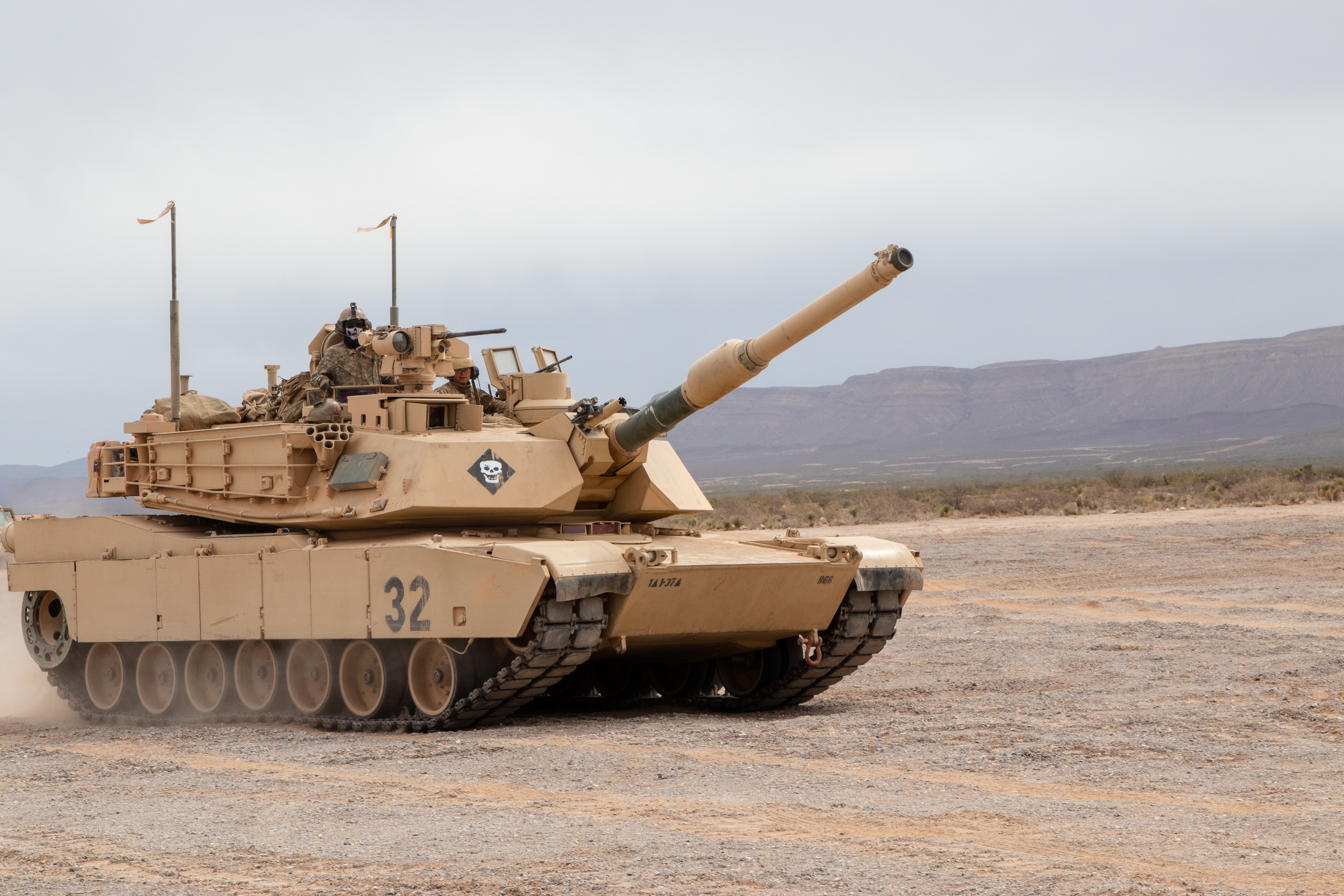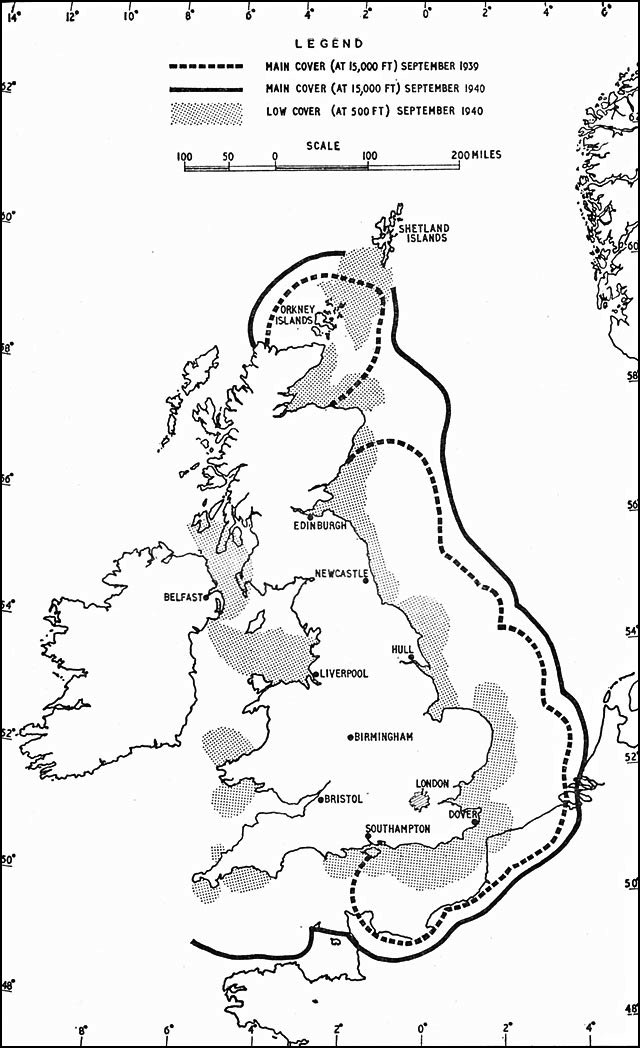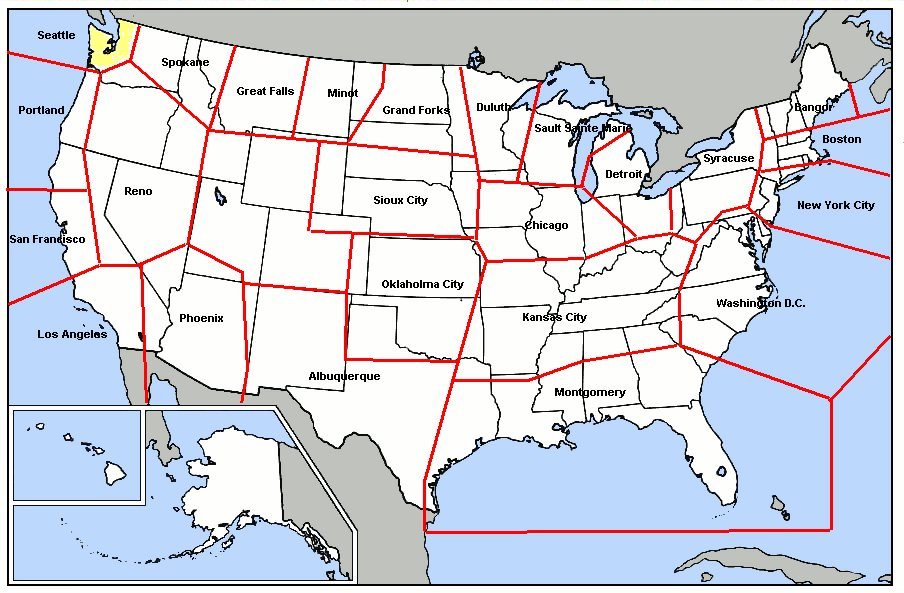|
Command, Control, And Coordination System
A command, control, and coordination system (CCCS) was a Cold War computer system for United States command posts (e.g., Army Air Defense Command Posts) to use a single location to coordinate multiple units' ground-controlled interception (e.g., USAF interceptor squadrons at various locations by Semi-Automatic Ground Environment Direction Centers) and may refer to: *Backup Interceptor Control System (BUIC), a dispersed USAF CCCS of the SAGE System *Burroughs AN/GSA-51 Radar Course Directing Group (BUIC II), a replacement USAF CCCS fielded in 1966 *Hughes AN/TSQ-51 Air Defense Command and Coordination System, a mobile replacement US Army CCCS for coordinating NIKE and HAWK missile sites * AN/FSQ-7 Combat Direction Central, a vacuum tube USAF CCCS fielded in 1958 for coordinating BOMARC launch sites *Martin AN/FSG-1 Antiaircraft Defense System, a vacuum tube US Army CCCS at 10 NIKE Missile Master installations *Martin AN/GSG-5 Battery Integration and Radar Display Equipment The Martin A ... [...More Info...] [...Related Items...] OR: [Wikipedia] [Google] [Baidu] |
Fort Bliss
Fort Bliss is a United States Army post in New Mexico and Texas, with its headquarters in El Paso, Texas. Named in honor of William Wallace Smith Bliss, LTC William Bliss (1815–1853), a mathematics professor who was the son-in-law of President Zachary Taylor, Ft. Bliss has an area of about ; it is the largest installation in FORSCOM (United States Army Forces Command) and second-largest in the Army overall (the largest being the adjacent White Sands Missile Range). The portion of the post located in El Paso County, Texas, is a census-designated place with a population of 8,591 as of the time of the United States Census, 2010, 2010 census. Fort Bliss provides the largest contiguous tract () of restricted airspace in the Continental United States, used for missile and artillery training and testing, and at 992,000 acres boasts the largest maneuver area (ahead of the Fort Irwin National Training Center, National Training Center, which has 642,000 acres). The garrison's land area i ... [...More Info...] [...Related Items...] OR: [Wikipedia] [Google] [Baidu] |
Cold War
The Cold War is a term commonly used to refer to a period of geopolitical tension between the United States and the Soviet Union and their respective allies, the Western Bloc and the Eastern Bloc. The term '' cold war'' is used because there was no large-scale fighting directly between the two superpowers, but they each supported major regional conflicts known as proxy wars. The conflict was based around the ideological and geopolitical struggle for global influence by these two superpowers, following their temporary alliance and victory against Nazi Germany and Imperial Japan in 1945. Aside from the nuclear arsenal development and conventional military deployment, the struggle for dominance was expressed via indirect means such as psychological warfare, propaganda campaigns, espionage, far-reaching embargoes, rivalry at sports events, and technological competitions such as the Space Race. The Western Bloc was led by the United States as well as a number of other First W ... [...More Info...] [...Related Items...] OR: [Wikipedia] [Google] [Baidu] |
Army Air Defense Command Post
An army (from Old French ''armee'', itself derived from the Latin verb ''armāre'', meaning "to arm", and related to the Latin noun ''arma'', meaning "arms" or "weapons"), ground force or land force is a fighting force that fights primarily on land. In the broadest sense, it is the land-based military branch, service branch or armed service of a nation or country. It may also include aviation assets by possessing an army aviation component. Within a national military force, the word army may also mean a field army. In some countries, such as France and China, the term "army", especially in its plural form "armies", has the broader meaning of armed forces as a whole, while retaining the colloquial sense of land forces. To differentiate the colloquial army from the formal concept of military force, the term is qualified, for example in France the land force is called ''Armée de terre'', meaning Land Army, and the air and space force is called ''Armée de l'Air et de l’Espace' ... [...More Info...] [...Related Items...] OR: [Wikipedia] [Google] [Baidu] |
Ground-controlled Interception
Ground-controlled interception (GCI) is an air defence tactic whereby one or more radar stations or other observational stations are linked to a command communications centre which guides interceptor aircraft to an airborne target. This tactic was pioneered during World War I by the London Air Defence Area organization, which became the Royal Air Force's Dowding system in World War II, the first national-scale system. The ''Luftwaffe'' introduced similar systems during the war, but most other combatants did not suffer the same threat of air attack and did not develop complex systems like these until the Cold War era. Today the term GCI refers to the style of battle direction, but during WWII it also referred to the radars themselves. Specifically, the term was used to describe a new generation of radars that spun on their vertical axis in order to provide a complete 360 degree view of the sky around the station. Previous systems, notably Chain Home (CH), could only be directed along ... [...More Info...] [...Related Items...] OR: [Wikipedia] [Google] [Baidu] |
Semi-Automatic Ground Environment
The Semi-Automatic Ground Environment (SAGE) was a system of mainframe computer, large computers and associated computer network, networking equipment that coordinated data from many radar sites and processed it to produce a single unified image of the airspace over a wide area. SAGE directed and controlled the NORAD response to a possible Soviet air attack, operating in this role from the late 1950s into the 1980s. Its enormous computers and huge displays remain a part of cold war lore, and after decommissioning were common props in movies such as ''Dr. Strangelove'' and Colossus: The Forbin Project, ''Colossus'', and on science fiction TV series such as ''The Time Tunnel''. The processing power behind SAGE was supplied by the largest discrete component-based computer ever built, the IBM-manufactured AN/FSQ-7 Combat Direction Central, AN/FSQ-7. Each SAGE Direction Center (DC) housed an FSQ-7 which occupied an entire floor, approximately not including supporting equipment. The F ... [...More Info...] [...Related Items...] OR: [Wikipedia] [Google] [Baidu] |
Backup Interceptor Control System
Backup Interceptor Control (BUIC, ) was the Electronic Systems Division 416M System to backup the SAGE 416L System in the United States and Canada. BUIC deployed Cold War command, control, and coordination systems to SAGE radar stations to create dispersed NORAD Control Centers. __TOC__ Background Prior to the SAGE Direction Centers becoming operational, the USAF deployed data link systems at NORAD Control Centers with ground computers for controlling manned interceptors. After SAGE IBM AN/FSQ-7 Combat Direction Centrals became operational and the Super Combat Centers with improved (digital) computers were cancelled, a backup to SAGE was planned in the event the above-ground SAGE Air Defense Direction Center failed. General Electric AN/GPA-37 Course Directing Group BUIC began with deployment of General Electric AN/GPA-37 Course Directing Groups to several Long Range Radar stations. Units designated included the "U.S. Air Force 858th Air Defense Group (BUIC) hich becamea pe ... [...More Info...] [...Related Items...] OR: [Wikipedia] [Google] [Baidu] |
Burroughs AN/GSA-51 Radar Course Directing Group
The Burroughs AN/GSA-51 Radar Course Directing Group was a United States Air Force air defense command, control, and coordination system, part of the Semi-Automatic Ground Environment system. It was intended to replace vacuum tube IBM AN/FSQ-7 Combat Direction Centrals. Developed under Electronic Systems Division's 416M Program, in 1962 Burroughs "won the contract to provide a military version of its D825" modular data processing system for the AN/GSA-51 to be used at "BUIC II radar sites" (follow-on to the initial Back-Up Interceptor Control Backup Interceptor Control (BUIC, ) was the Electronic Systems Division 416M System to backup the SAGE 416L System in the United States and Canada. BUIC deployed Cold War command, control, and coordination systems to SAGE radar stations to create d ... System, BUIC) BUIC II was 1st used at North Truro Z-10 in 1966, and the Hamilton AFB BUIC II was installed in the former MCC building. (T. E. Page cites: "''Shield of Faith''" by Bruce Briggs ... [...More Info...] [...Related Items...] OR: [Wikipedia] [Google] [Baidu] |
Hughes AN/TSQ-51 Air Defense Command And Coordination System
The Hughes AN/TSQ-51 Air Defense Command and Coordination System was a transportable electronic fire distribution center for automated command and control of remote Nike missile launch batteries. The radar netting system replace the vacuum tube AN/FSG-1 in 6 United States Missile Master bunkers after the upgrade was approved by the United States Department of Defense The United States Department of Defense (DoD, USDOD or DOD) is an executive branch department of the federal government charged with coordinating and supervising all agencies and functions of the government directly related to national secu ... in 1963; and additional deployments were at Homestead-Miami, Florida, and Providence, Rhode Island, to replace Battery Integration and Radar DIsplay Equipment (BIRDIE) systems; as well as at San Francisco. As with the AN/FSG-1, the AN/TSQ-51 could provide fire control for 24 Nike batteries, (includes image of console in trailer) but the smaller AN/TSQ-51 could be fielde ... [...More Info...] [...Related Items...] OR: [Wikipedia] [Google] [Baidu] |
AN/FSQ-7 Combat Direction Central
The AN/FSQ-7 Combat Direction Central, referred to as the Q7 for short, was a computerized command and control system for Cold War ground-controlled interception used in the USAF Semi-Automatic Ground Environment (SAGE) air defense network. The name “AN/FSQ” derives from ''Army-Navy / Fixed Special eQuipment''. An advancement of the pioneering MIT Whirlwind II digital computer design, and manufactured by IBM as prime contractor, the AN/FSQ-7 was the largest discrete computer system ever built. Each of the 24 installed machines weighed 250 tons. The AN/FSQ-7 used a total of 60,000 vacuum tubes (49,000 in the computers) and up to 3 megawatts of electricity, performing about 75,000 instructions per second for networking regional radars. Primary functions Installations in the USAF Semi-Automatic Ground Environment (SAGE) air defense network were configured as duplex systems, using a pair of AN/FSQ-7 computers to provide fault tolerance. One was active at any time, the other on ... [...More Info...] [...Related Items...] OR: [Wikipedia] [Google] [Baidu] |
Martin AN/FSG-1 Antiaircraft Defense System
The Martin AN/FSG-1 Antiaircraft Defense System, better known as Missile Master, was an electronic fire distribution center to computerize Cold War air defense (AD) command posts from manual plotting board operations to automated command and control of remote surface-to-air missile (SAM) launch batteries. The 10 United States Army Command, control and coordination system, C3 systems used radar :wiktionary:netting, netting ("electronic umbrella") at Missile Master military installations for coordinating ground-controlled interception by Project Nike, Nike and MIM-23 Hawk missiles. The vacuum tube fire control logic reduced the time to designate the appropriate missile battery to launch if an enemy target had intruded into a defense area where an AN/FSG-1 system was deployed. History The AN/FSG-1 was an outgrowth of the July 1945 United States Army Signal Corps, Signal Corps' Project Nike, Project 414A for an electronic Air Defense Fire Distribution System (ADFDS), a 1950 prototy ... [...More Info...] [...Related Items...] OR: [Wikipedia] [Google] [Baidu] |
Martin AN/GSG-5 Battery Integration And Radar Display Equipment
The Martin AN/GSG-5 Battery Integration and Radar DIsplay Equipment (BIRDIE) was a transportable electronic fire distribution center for automated command and control of remote surface-to-air missile launch batteries. The solid state radar netting system replaced the vacuum tube AN/FSG-1 at 3 United States Missile Master bunkers (Fort Lawton Air Force Station, Washington; Fort Heath, Massachusetts; and Lockport Air Force Station, New York) and BIRDIEs were deployed at over 25 US locations including Homestead-Miami, Florida; Providence, Rhode Island; and San Francisco. The AN/GSG-5 with 3 consoles was a direction center for up to 16 Nike missile batteries, but a smaller variant with only 1 console and without computer and storage equipment (single shelter AN/GSG-6) could control only 2 batteries and was the 1st BIRDIE deployed. Several BIRDIE systems were replaced by Hughes AN/TSQ-51 Air Defense Command and Coordination Systems (Missile Mentor), and the last AADCP with an AN/GSG-5 ... [...More Info...] [...Related Items...] OR: [Wikipedia] [Google] [Baidu] |
Command And Control
Command and control (abbr. C2) is a "set of organizational and technical attributes and processes ... hatemploys human, physical, and information resources to solve problems and accomplish missions" to achieve the goals of an organization or enterprise, according to a 2015 definition by military scientists Marius Vassiliou, David S. Alberts, and Jonathan R. Agre. The term often refers to a military system. Versions of the United States Army ''Field Manual 3-0'' circulated circa 1999 define C2 in a military organization as the exercise of authority and direction by a properly designated commanding officer over assigned and attached forces in the accomplishment of a mission. A 1988 NATO definition is that command and control is the exercise of authority and direction by a properly designated individual over assigned resources in the accomplishment of a common goal. An Australian Defence Force definition, similar to that of NATO, emphasises that C2 is the system empowering des ... [...More Info...] [...Related Items...] OR: [Wikipedia] [Google] [Baidu] |

.png)






.jpg)